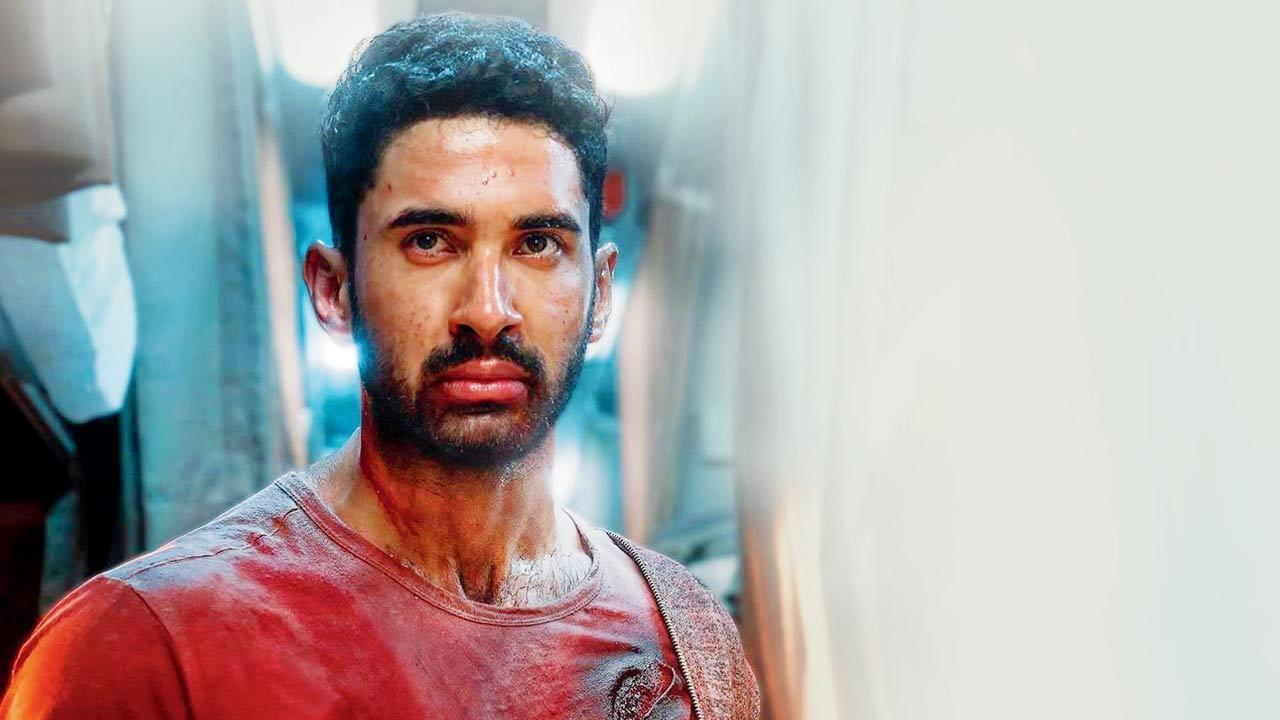
The creation of Nikhil Nagesh Bhat’s film Kill sprang from a well of anger that he grappled with between 2008 and 2016, a period marked by professional stasis following his first film’s failure to see the light of day. His journey from despair to directing one of Hindi cinema’s most brutal films is a testament to the resilience and emotional depth that drives creative endeavors.
The eve before our scheduled interview, Bhat visited an Andheri multiplex to gauge audience reaction to his latest venture. “The oohs, aahs, clapping, and cheering—there is nothing better than that,” he beams. Indeed, Kill has made quite an impression, offering an experience unlike any previous Bollywood movie. Primarily set within the confines of a train, the film, starring Lakshya and Raghav Juyal, is unapologetically violent. Its most significant accomplishment lies in being one of the rare Indian films to inspire a Hollywood adaptation, with John Wick director Chad Stahelski spearheading the remake for Lionsgate. Bhat gives credit for this monumental achievement to producers Karan Johar and Guneet Monga Kapoor, who believed in the project from the beginning. “They didn’t stop at just making the film; they distributed and released it in Latin America and Japan. They got Lionsgate on board,” he states proudly.
Drawing comparisons with international hits like John Wick or The Raid, Bhat explains it stems from a lack of similar reference points in Indian cinema. “The John Wick producers remaking this is huge for Indian films. I will meet them in Los Angeles soon. They said it’s a unique film because they felt for the antagonist as much as for the protagonist. The action and all is great, but the film emotionally gripped them,” Bhat elaborates.
The concept for Kill was significantly influenced by a burglary Bhat witnessed in the mid-90s on a train journey from Patna to Pune. “In 2021, there were 699 thefts and robberies attempted on Indian trains. They will have to adapt it to a local story from their culture,” he speculates about the Hollywood adaptation.
Touted as Hindi cinema’s most brutal film, Kill raises questions about what drove Bhat to make such a gory movie. “There is so much latent anger and angst in me,” Bhat confides.
. His journey into filmmaking was initiated after he left an advertising career. He directed Saluun in 2008, but the film never saw a release. This setback cast a long shadow over his career, and for the following eight years, he struggled to get another project off the ground, only clinching his next opportunity in 2016.
“I remember taking the longest bath of my life in 2015,” Bhat recalls. For an hour-and-a-half, he stood under the shower, contemplating the advancements of his peers. “I was thinking of everyone who had gone ahead of me—my friends, cousins, and colleagues. I decided to not waste my time; it’s with that angst that I wrote this film. Fani (Juyal’s character) came to me before Amrit (Lakshya’s character) did. I was channeling my angst into the story,” he reveals.
Returning to the audience reactions he witnessed, Bhat can’t hide his satisfaction. “The oohs, aahs, clapping, and cheering—there is nothing better than that,” he repeats, his smile wide and genuine. Kill’s exceptional reception and the forthcoming Hollywood remake signify a turning point, not only in Bhat’s career but also for Indian cinema at large.
Kill, set almost entirely inside a train, features raw and brutal violence rarely seen in Hindi films. The lead roles played by Lakshya and Raghav Juyal explore the depths of human emotions through acts of violence, knitting together a narrative that is as emotionally gripping as it is action-packed. The story, inspired by a real-life burglary Bhat witnessed, anchors the film in a gritty, realistic backdrop. The Hollywood adaptation will undoubtedly mirror this brutality but will be adapted to fit a local storyline relevant to their cultural context.
Nikhil Nagesh Bhat’s journey from the despair of his first film’s failure to the accolades for Kill underscores the resilience and emotional depth inherent in the creative process. As Hollywood takes note and prepares to adapt his gritty vision, Indian cinema witnesses a milestone moment that may open doors for further cross-cultural film collaborations. The rage that once simmered within Bhat has forged a pathway to international recognition, illustrating how personal adversity can be transformed into groundbreaking artistic achievement.












